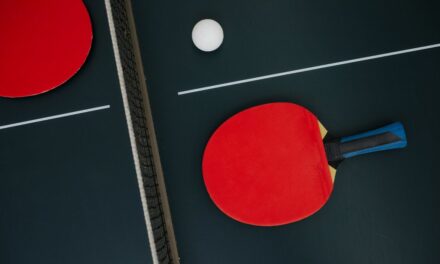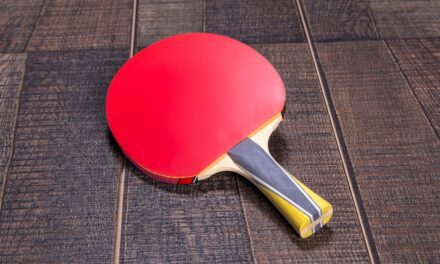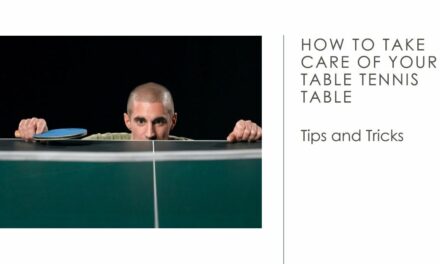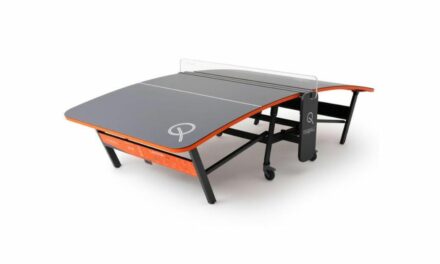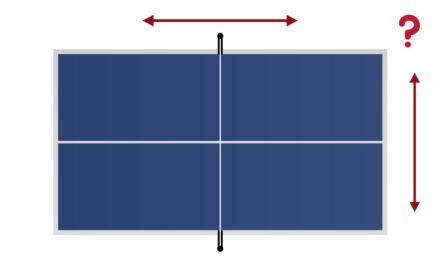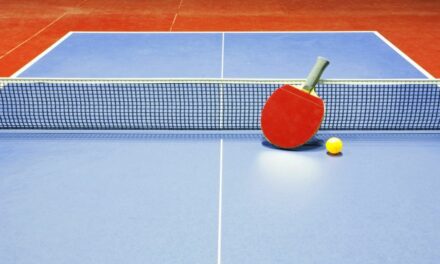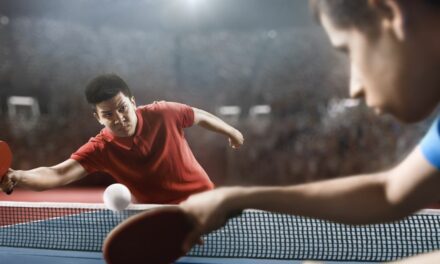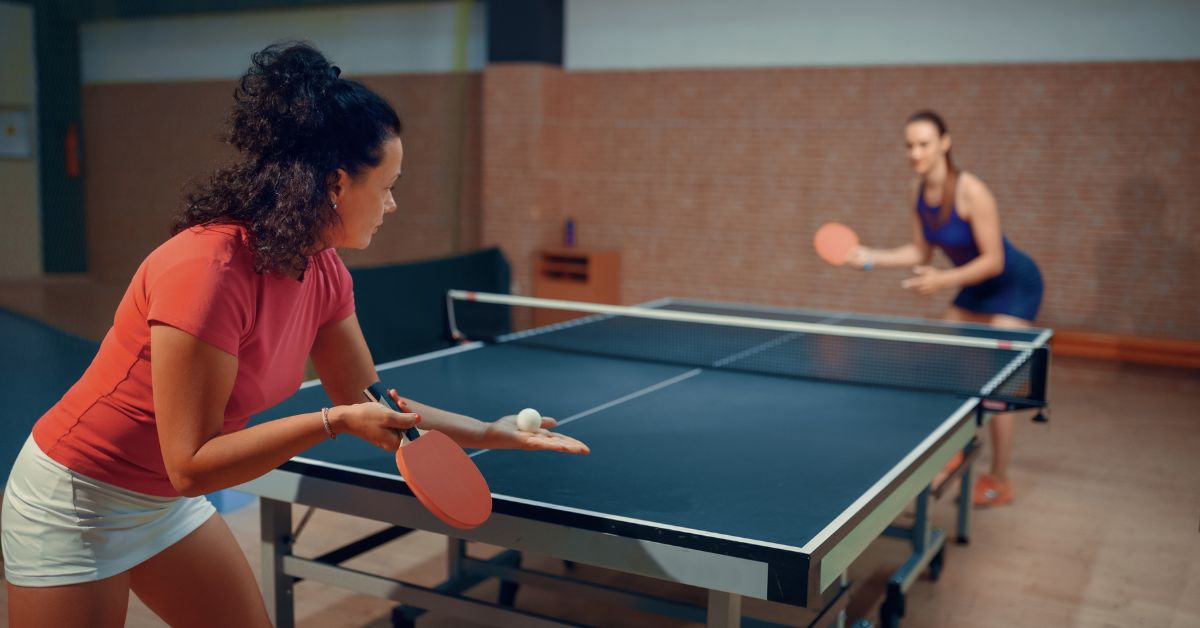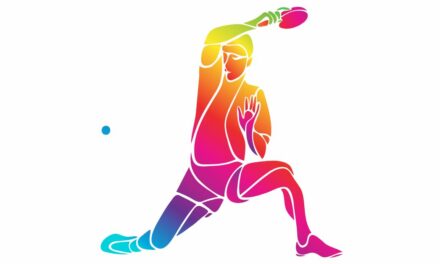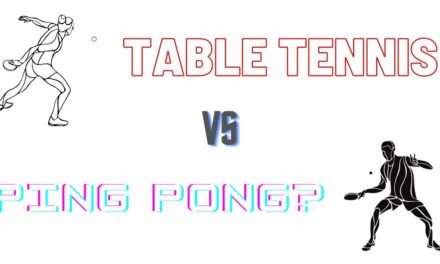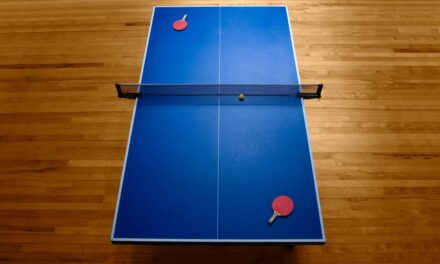One of the most important aspects of table tennis is the serve, which sets the tone for the rest of the point.
In this beginner’s guide, I cover everything you need to know about table tennis serve rules, including who serves first, what counts as a legal serve, and how to serve legally.
Who Serves First in Table Tennis?
Before we get into the specifics of serving in table tennis, let’s talk about who serves first.
In a competitive game, the server in table tennis is determined by a coin toss or a spin of the racket.
The winner of the toss can choose to serve first or receive first. In casual games, however, players can often decide for themselves who serves first.
Some people prefer to alternate serves, while others may choose to play a game of “rally for serve,” where players take turns hitting the ball until one player misses.
What Counts as a Legal Serve?
In table tennis, there are several rules that govern what counts as a legal serve. Here are the most important ones to keep in mind:
- The ball must be tossed vertically at least 6 inches in the air before being struck (starting from an open, flat hand).
- The ball must be struck behind the server’s end of the table.
- The ball must be struck so that it touches the server’s court first before crossing the net.
- The ball must bounce once on the receiver’s court before being returned.
If a serve fails to meet any of these requirements, it is considered illegal, and the point goes to the receiver. However, if the ball hits the net and lands on the other side of the table, it is considered a let, and the serve is replayed.
How to Serve Legally in Table Tennis
Now that you know what counts as a legal serve, let’s talk about how to execute one. Here are the steps you should follow:
- Hold the ball in the palm of your non-playing hand.
- Toss the ball vertically at least 6 inches in the air.
- As the ball is coming down, use your playing hand to strike it behind the end of the table and over the net.
- Aim for the middle of the receiver’s court to make it more difficult for them to return the ball.
It’s important to practise your serve to make sure it meets all the requirements for a legal serve. You can also experiment with different types of serves, such as the backspin serve or the topspin serve, to keep your opponent off balance.
What the video below for a correct example of a legal table tennis serve.
Do You Need to Serve from One Side to the Other in Singles Table Tennis?
In singles table tennis, players must alternate serves between the two sides of the table. This means that if you serve from the right side of the table, your opponent must serve from the left side of the table on the next point.
Doubles Table Tennis Serve Rules
The rules for serving in doubles table tennis are slightly different from those in singles. Here’s what you need to know:
- Players must serve in a diagonal direction, from the right-hand side of their court to the right-hand side of the receiver’s court.
- The receiver can return the ball to any side of the court, including the side opposite to where the serve originated.
Players have 2 serves each in doubles, and the order goes like this:
- Team A Player 1 serves first to Team B Player 1 (2 serves)
- Team B Player 1 serves to Team A Player 2 (2 serves)
- Team A Player 2 serves to Team B Player 2 (2 serves)
- Team B Player 2 serves to Team A Player 1 (2 serves)
If both teams get to 10 points, swap to 1 serve each (as you do in singles).
Improving Your Serves
A strong serve can be a valuable weapon in your table tennis arsenal. Here are some tips for improving your serves:
- Practise regularly to develop consistency and accuracy.
- Experiment with different types of serves to keep your opponent off balance.
- Focus on the placement of your serves to make it more difficult for your opponent to return the ball.
- Watch videos of professional players to learn new techniques and strategies.
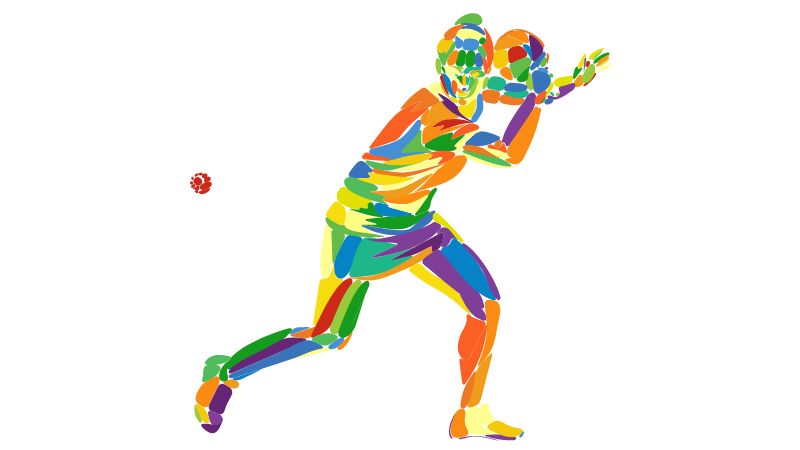

Common Mistakes to Avoid
There are several common mistakes that beginners make when serving in table tennis. Here are a few to avoid:
- Not tossing the ball high enough – Remember that the ball must be tossed at least 6 inches in the air before being struck.
- Striking the ball before it bounces – Make sure the ball bounces on the receiver’s side of the court before being returned.
- Serving from the wrong side of the table – In singles, players must alternate serves between the two sides of the table.
- Serving too predictably – Vary the placement and type of your serves to keep your opponent guessing.
Using Your Serve to Gain an Advantage
A well-executed serve can give you a significant advantage in a game of table tennis. Here are some strategies to consider:
- Serve to your opponent’s weaker side – Observe your opponent’s weaknesses and try to serve to the side where they are less comfortable returning the ball.
- Use spin to your advantage – A well-placed spin can make it more difficult for your opponent to return the ball.
- Serve aggressively – A strong, fast serve can catch your opponent off guard and give you the upper hand in the point.
Conclusion
The serve is one of the most important aspects of table tennis, and understanding the rules and techniques involved can help you become a better player. Remember to practise regularly, experiment with different types of serves, and focus on placement and consistency. With these tips in mind, you’ll be well on your way to mastering the serve and taking your game to the next level.

